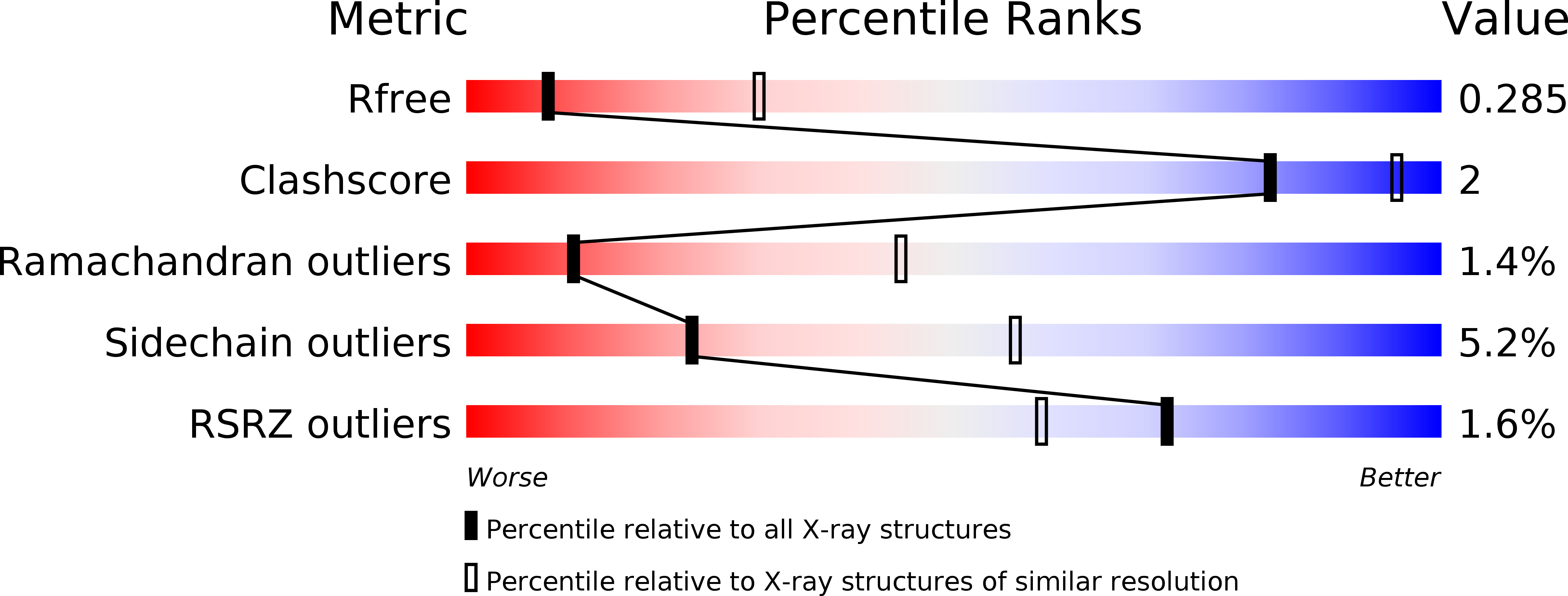
Deposition Date
2015-08-04
Release Date
2016-09-14
Last Version Date
2024-11-20
Entry Detail
Biological Source:
Source Organism:
Homo sapiens (Taxon ID: 9606)
Staphylococcus aureus (strain MSSA476) (Taxon ID: 282459)
Staphylococcus aureus (strain MSSA476) (Taxon ID: 282459)
Host Organism:
Method Details:
Experimental Method:
Resolution:
3.17 Å
R-Value Free:
0.28
R-Value Work:
0.23
R-Value Observed:
0.23
Space Group:
P 2 21 21


